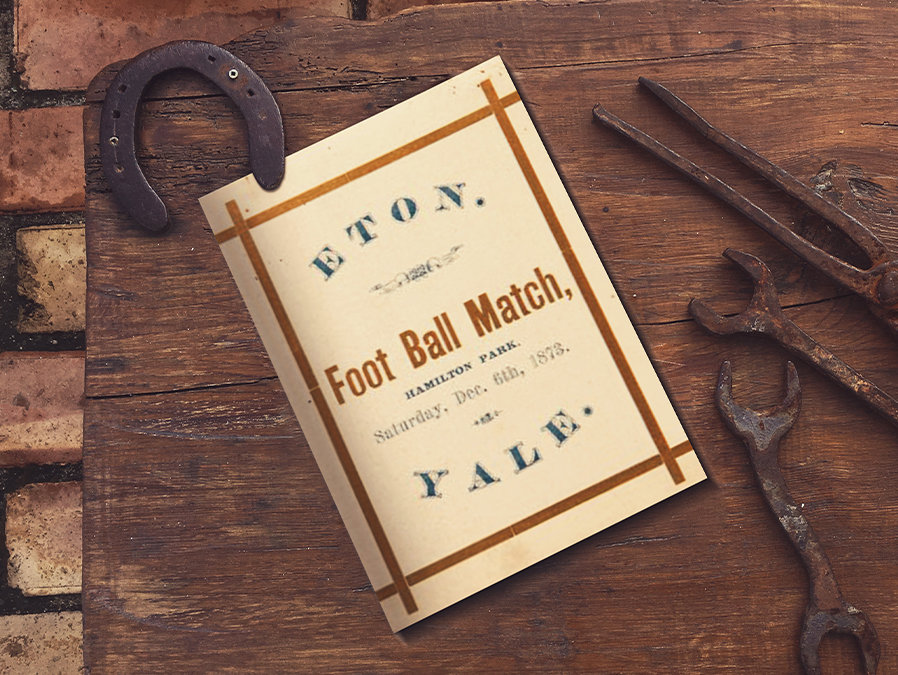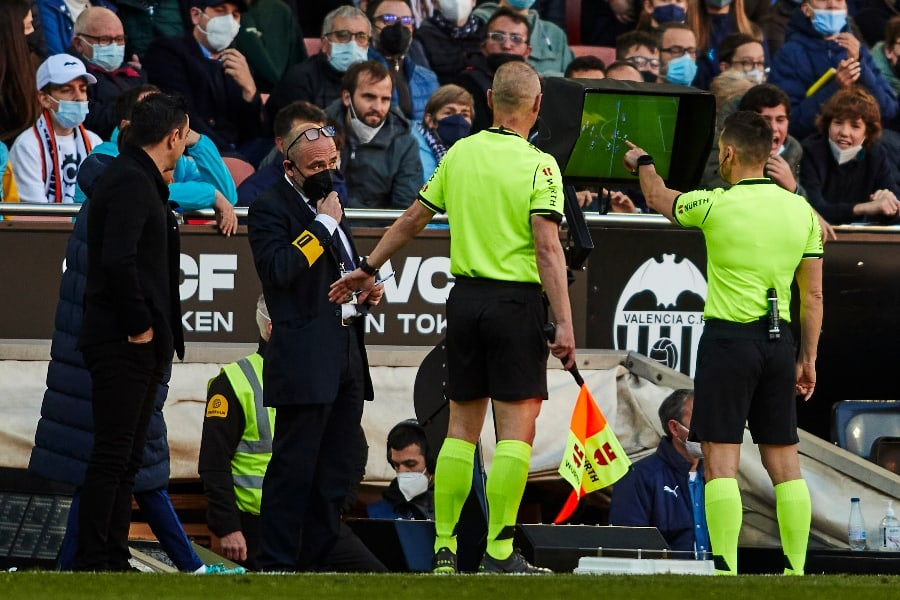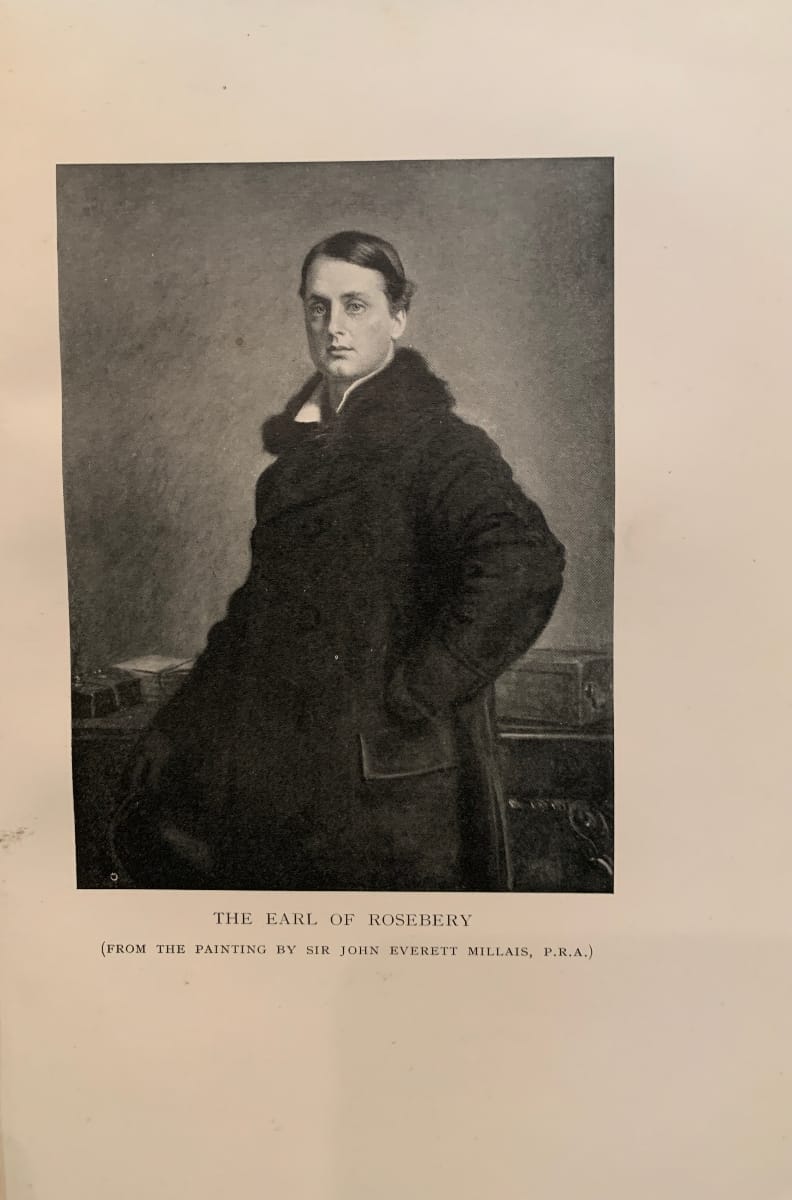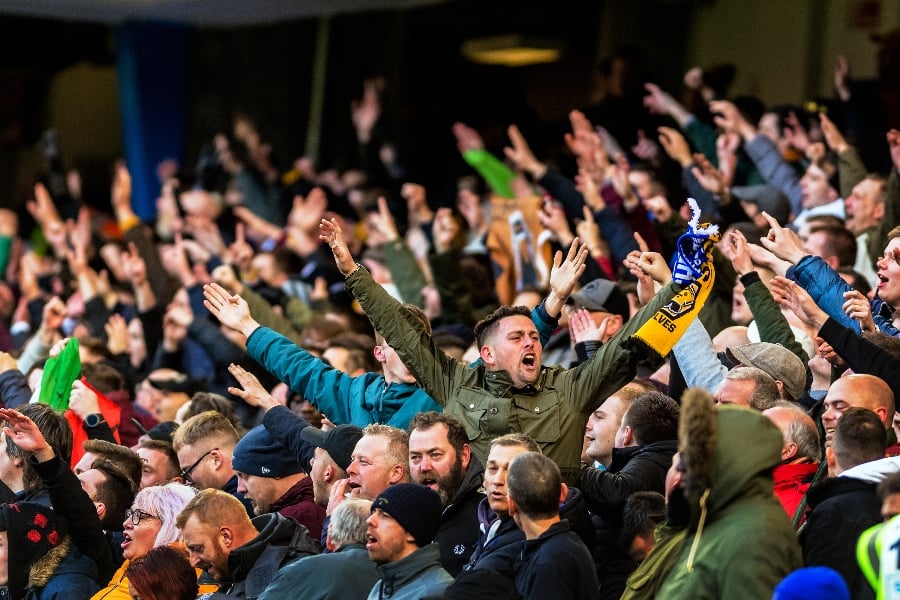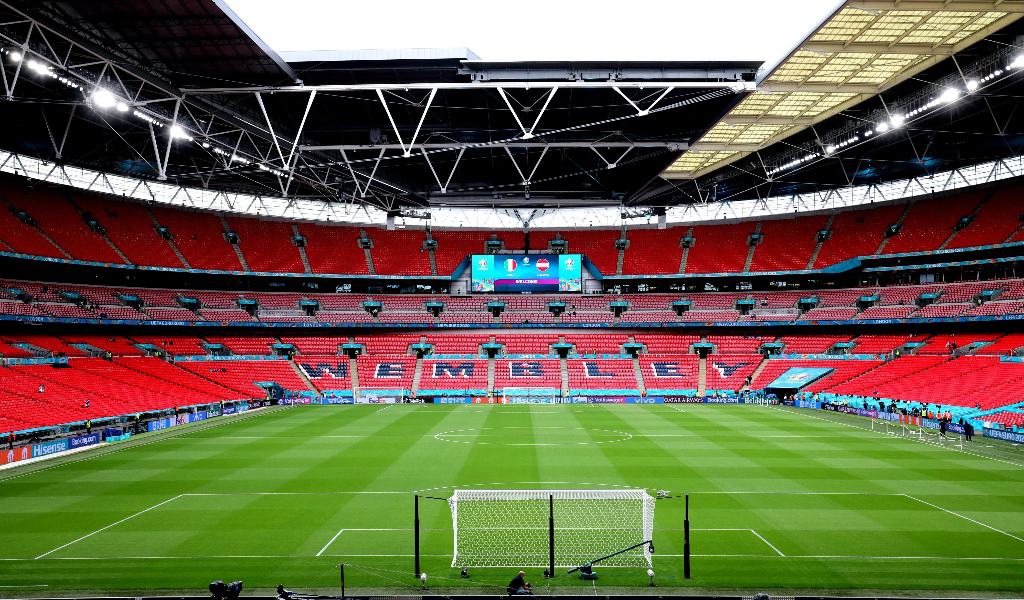Football programmes remain a popular piece of matchday merchandise for many fans. Last year alone, over 3.12 million were sold throughout the 2022/2023 Premier League season.
Their success and stability in the game started 150 years ago when the oldest known football programme was produced.
One for the records
Cast your mind back to December 6th, 1873.
The FA Cup final had been played twice, the first FIFA World Cup was still 57 years away, Manchester United had another five years until its existence, and VAR wouldn’t stain the beautiful game for another 146 years.
On a blustery winter morning in Connecticut, 150 years ago, a match between Yale College and Eton College was recorded on the oldest known football programme.
Unfortunately, Eton were unable to bring it home, as they lost the game 2-1. Nor were they able to bring home the programme itself, which didn’t resurface for another 100 years when it was discovered inside a lost scrapbook.
This printed relic contained four pages, a front and back cover and two internal pages. Its front cover highlighted the participating teams, date, location and sport, while the two internal pages listed the 11 players on either team.
Left blank in the original document, the back cover contained lines to be filled in at the owner’s discretion. This included opportunities to record the name of the referee, the judges from Eton and Yale, and the score accompanied by the goal scorers.
Though some programmes were produced earlier in America, this is the earliest example of an 11-a-side matchday programme ever found.
Besides producing this historical print, the match played itself into the history of the game for a number of reasons.
Most notably, this game is regarded as the first international football match in the history of the sport.
Name-dropping
While all names were printed with the player’s initials and last name in full, there is one notable name on the second page among Eton’s 11.
Archibold Primrose, printed on the page as Earl of Rosebery, would become Britain’s Prime Minister some 20 years later, in a short stint from 1894-1895.
After his brief time in charge of England, Primrose moved north of the border where he became an important figure in Scottish football, first becoming President of the Scottish FA and then the President of Heart of Midlothian football club.
Bending the rules
Played at Hamilton Park on their New Haven campus, Yale invited their cousins from across the pond to educate them on their new game.
An ancestor of our modern game, this historic match would be unrecognisable to today’s fans.
Previously, American matches consisted of 25-man teams in games that weren’t restricted to 90 minutes, but until one side reached a mystical six goals.
It’s believed that the English influence of Eton persuaded the match to be played as faithfully as possible to Association Rules (FA) which were originally published in 1863.
This resulted in the game being played with 11-a-side, as per Eton’s suggestion. Many of the remaining rules merged into a soccer hybrid, as agreed by Yale representatives several months earlier.
These rules included:
- 25 feet wide goals
- 400 feet long pitches
- A number six-sized ball
In comparison, Premier League games today have goals that are eight feet high and 24 feet wide. While the length of pitches varies, many of them are consistently 115 yards (345 feet) long. In addition, size five footballs are used, which are now the largest on the market.
After all stoppages in play, whether a foul or the ball left the field, the game was restarted by the long-lost relative of today’s ‘drop-ball’.
In these instances, the ball was to be thrown 12 feet into the cold Connecticut air and would not be back in play until it touched the ground.
Eton and Yale switched sides after each goal, with it being noted that the three goals were all scored with the howling gale behind them.
Unfortunately, even in the most enjoyable of conditions, the match was cut short as Eton’s players had to catch the last train back to New York.
Get with the Programme!
Despite this classic football programme going under the hammer for a closing bid of £15,000 in 2016, it’s not the most expensive to have been sold at auction.
Commemorating a friendly between Blackburn Rovers and Old Etonians in 1875, the next oldest known programme was sold for £30,000 in 2013.
The rivalry between the two teams would ignite again a few years later in the 1882 FA Cup final, where the magic of the cup would be captured for the first time in a matchday programme. This first-ever FA Cup final programme sold for a world record £35,250!
Has reading this given you that pre-match buzz? Our Brochures and Booklets offer you the perfect shot at scoring your own printed masterpiece!

